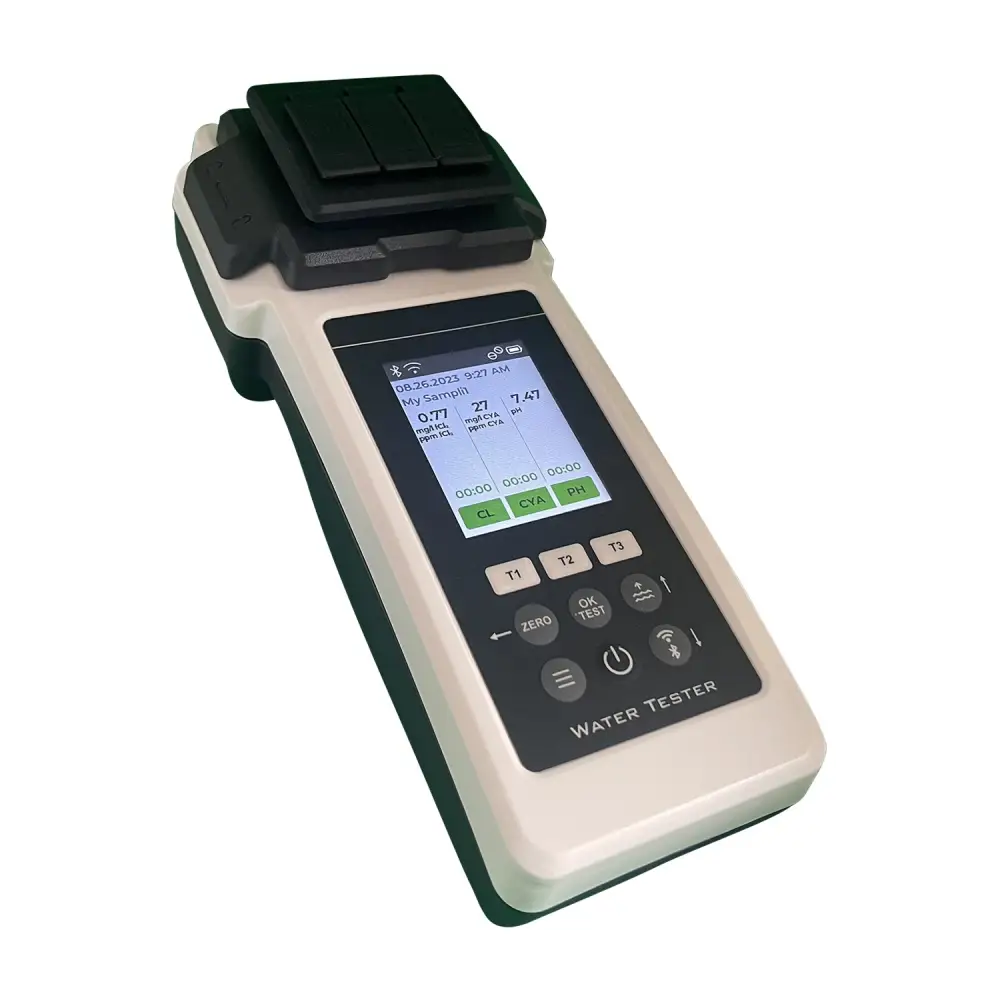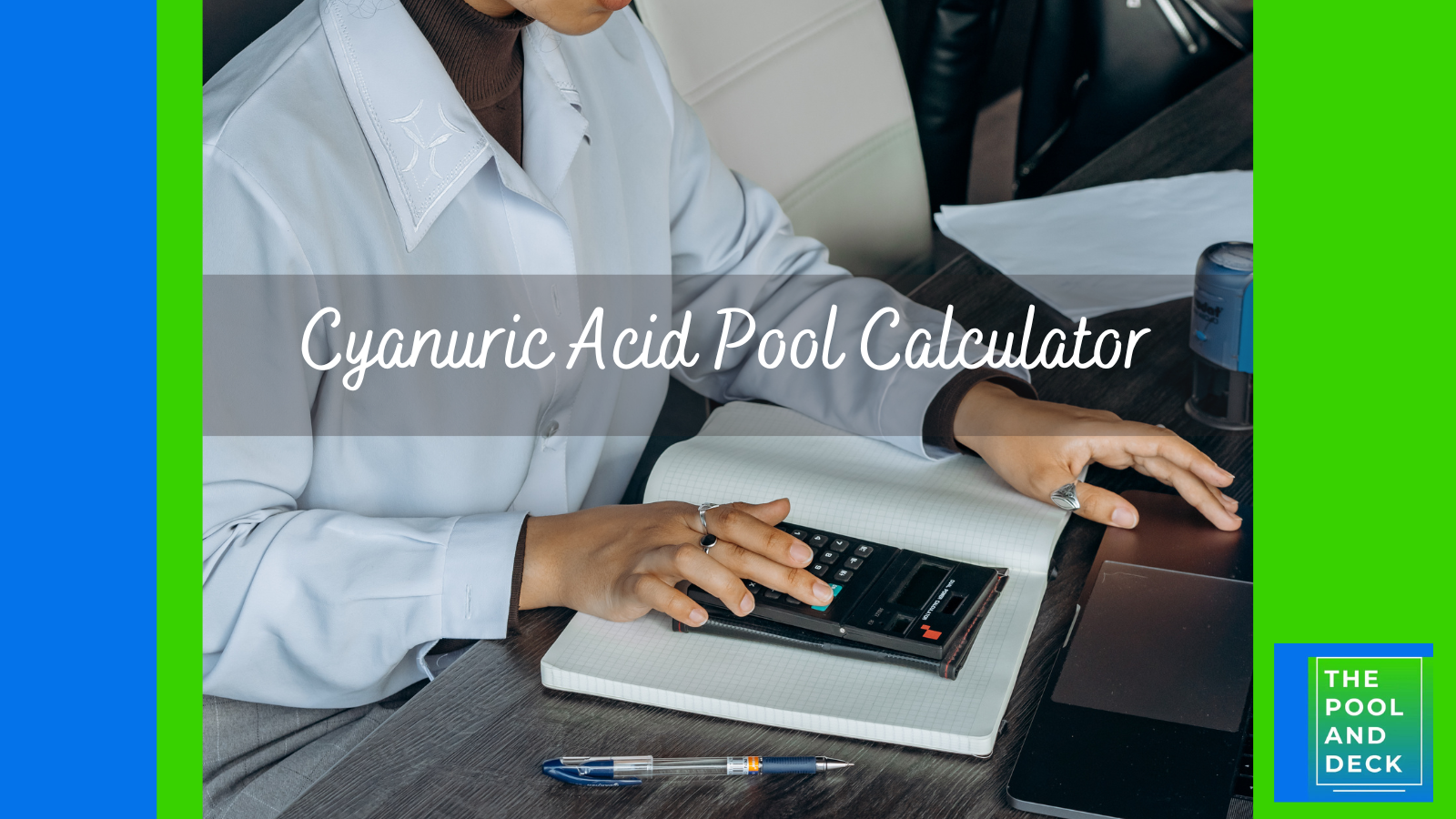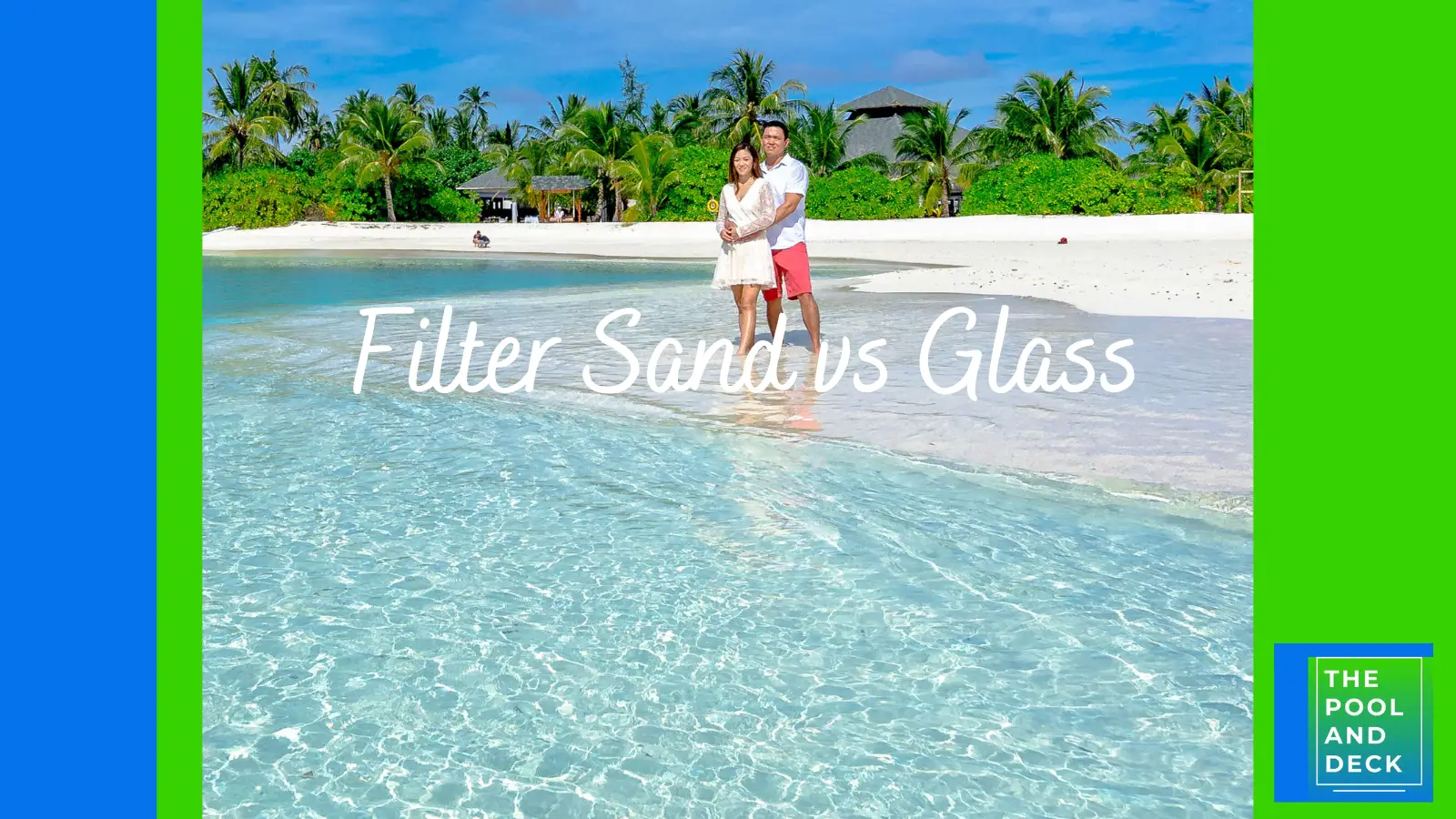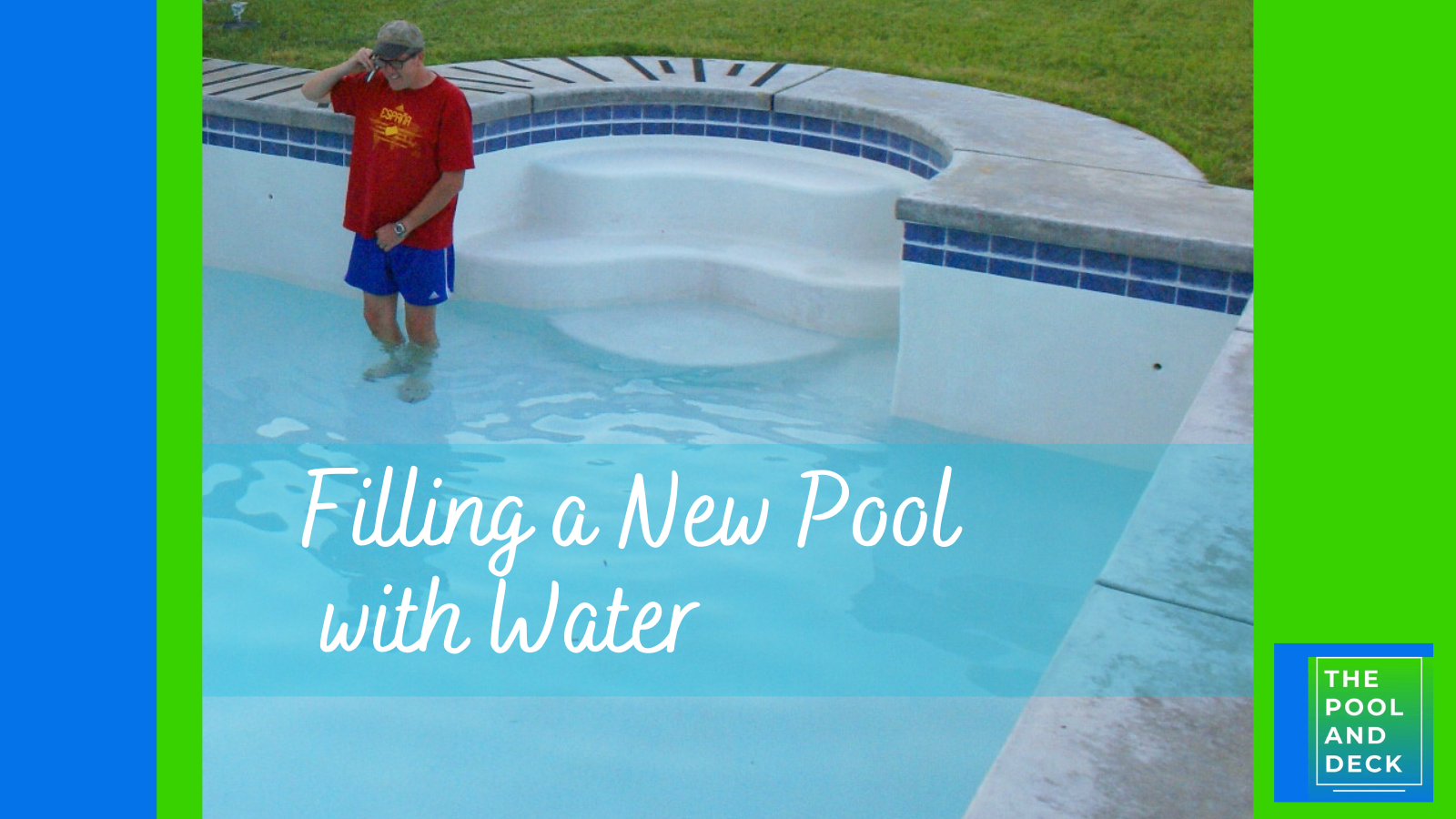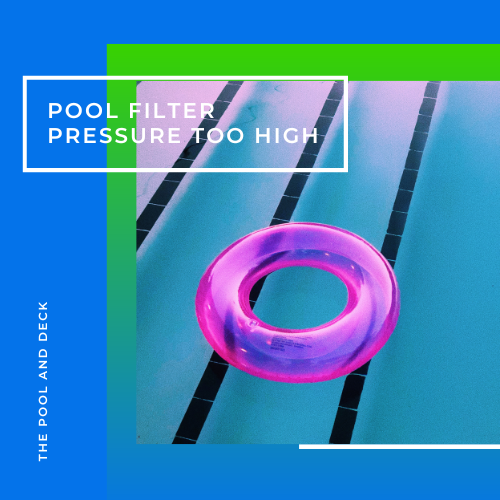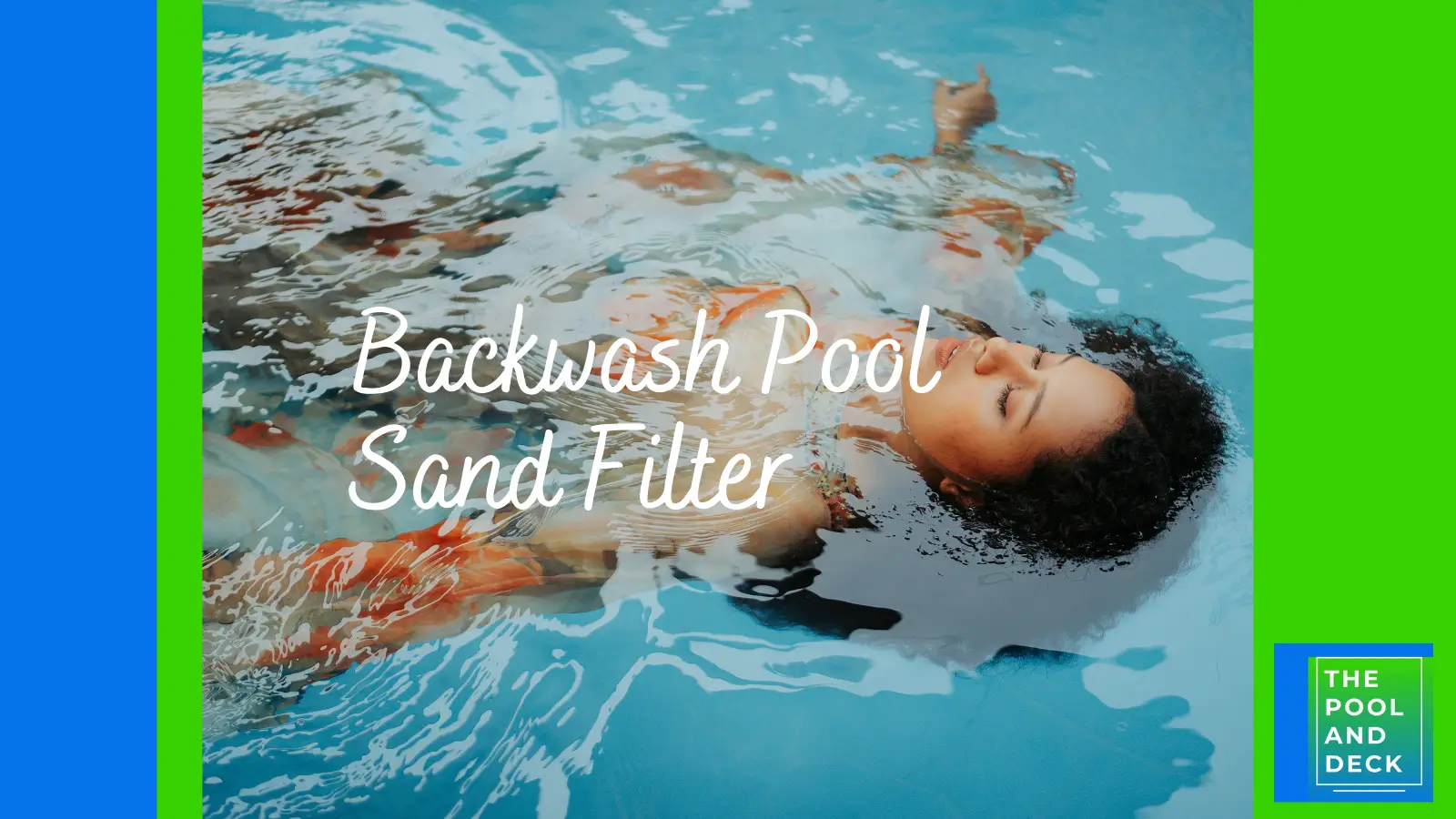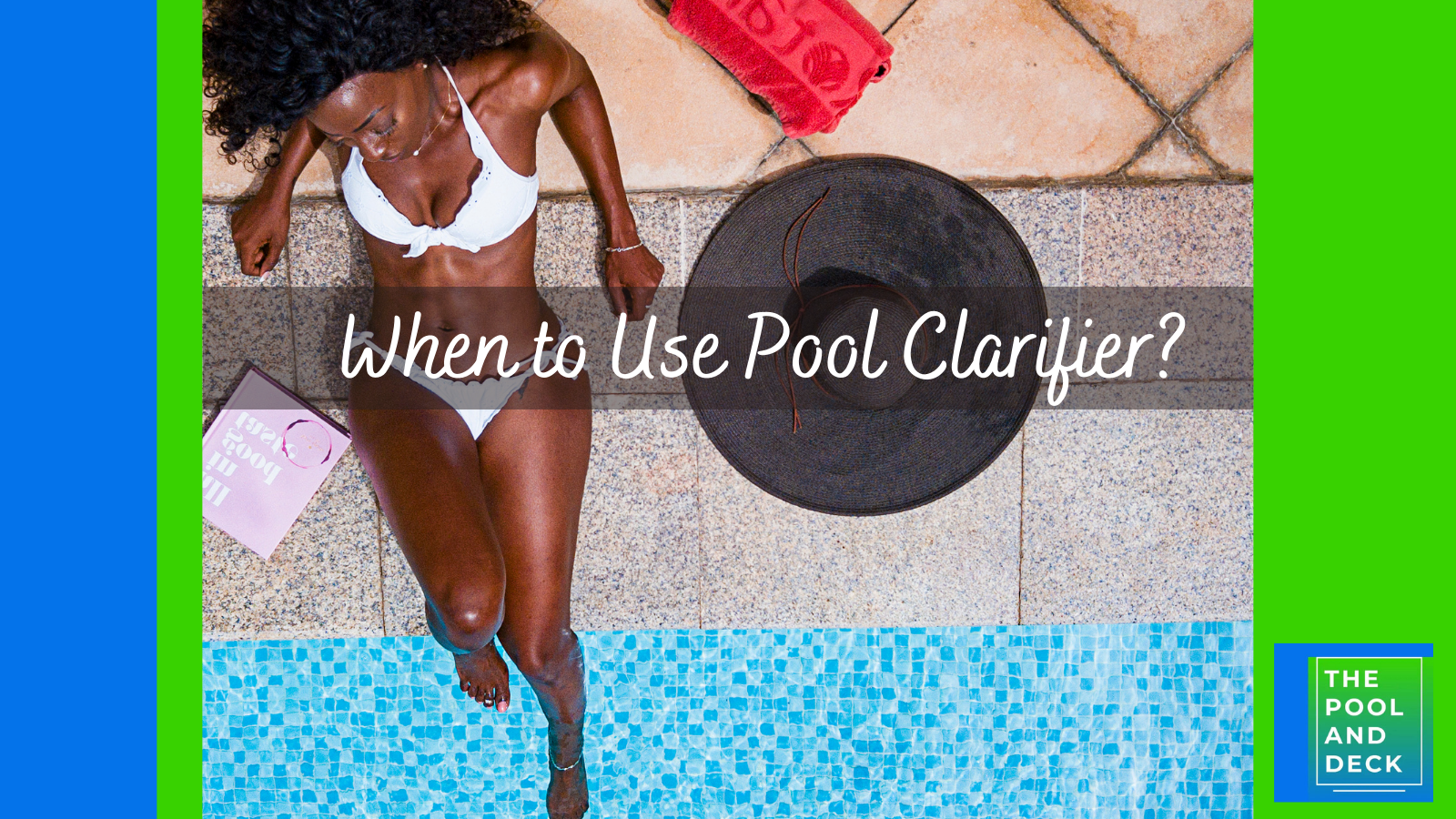How to Get Rid of Mustard Algae in Pool? (9 Step Effective Process)
As an Amazon Associate, I earn from qualifying purchases.
No, it’s not sand on your pool steps! It’s mustard algae! How to get rid of mustard algae in pool is a question I get asked often, especially during warm summer months.
Despite regular maintenance and chemical treatments, this stubborn yellowish-brown growth can continue to thrive in the shady areas of your pool.
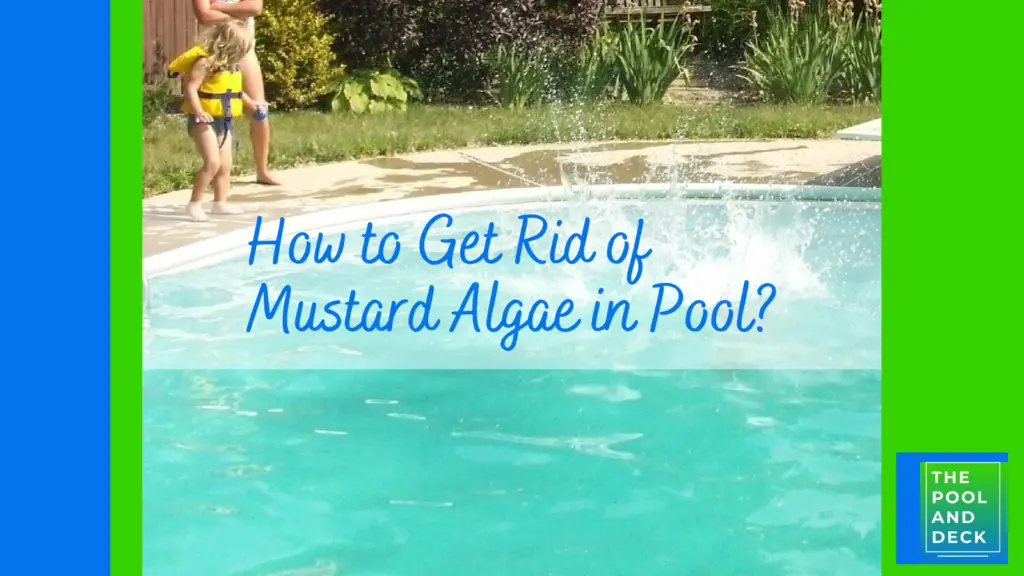
With the right knowledge about how to get rid of mustard algae in pool you can make your pool crystal clear once again.
Before I tell you about How to get rid of mustard algae in pool, I would like to tell you about the mustard algae itself and how it gets in your pool.
Table of Contents
What is Mustard Algae?
Mustard Algae (aka Yellow Algae) is a stubborn type of algae that commonly appears in swimming pools. It’s often mistaken for sand or dirt due to its yellowish-brown color and powdery appearance.
However, it’s a living organism that thrives in warm, sunny conditions and can quickly spread if not properly treated. Mustard algae are resistant to normal chlorine levels, making them challenging to eradicate.
This type of algae is slimy to the touch and can cling to pool surfaces, including walls and floors. Unlike other algae types, mustard algae tend to grow in shady areas of the pool, making them harder to detect.
Where Does Mustard Algae in Pool Come From?
Mustard algae, also known as yellow algae, is a common nuisance for pool owners. It thrives in warm, sunny conditions, so you are more likely to see it during the summer months.
Mustard algae can enter your pool through various means, including wind, rain, or contaminated pool equipment. It can also hitch a ride on swimming gear or pool toys of your guests.
It could even be introduced through contaminated water sources like untreated water from wells or ponds.
Once introduced into the pool environment, mustard algae can quickly multiply, especially in poorly maintained pools with inadequate sanitation.
Mustard algae tends to grow rapidly in the shady areas of the pool, such as corners, steps, or under pool accessories, where sunlight penetration is limited.
Mustard algae is pretty resilient to normal chlorine levels that would typically kill other algae types.
How to Test for Mustard Algae in Pool?
Mustard Algae (aka Yellow Algae) has a distinct yellowish-brown color and a slimy texture. If you notice any of these characteristics on pool walls, steps or in the water, chances are you have mustard algae in your pool.
To determine if your pool has mustard algae, perform a simple test. Take a pool brush and gently scrub the affected area. If the substance brushes away easily and reappears within a few days, it’s likely mustard algae.
Another method is to perform a chlorine test. Mustard algae is resistant to normal chlorine levels, so if the chlorine level drops significantly within 24 hours, it could indicate the presence of mustard algae.
If you are a new pool owner, you can get comprehensive information from my blog post, Pool Chemistry for Beginners: With 5 Super Helpful Cheat Sheets!
How to Get Rid of Mustard Algae in Pool?
Step 1: Check Filter and Run Pump
Ensure your pool filter is clean and in good working condition. Run the pump continuously to circulate the water and aid in algae removal.
Step 2: Test and Balance Water
Regularly test your pool water for pH, chlorine, and alkalinity levels. Adjust as needed to maintain proper water chemistry, which helps prevent algae growth.
To make your pool water testing process accurate and simple I recommend using the Ultimate Pool Water Tester
Ultimate Pool Water Tester
Comprehensive 27-parameter water testing for pools and hot tubs, ensuring crystal clear, safe, and perfectly balanced water.
Step 3: Brush the Pool
Use a stiff brush to scrub pool surfaces thoroughly, especially areas where algae are present. This helps loosen algae and prepare them for treatment.
Step 4: Shock the Pool
Super-chlorinate your pool with a shock treatment to kill remaining algae and bacteria. I recommend using HTH 52037 Pool Care Shock Advanced as it is CYA Free.
Cyanuric Acid Free Shock (Cal Hypo)
HTH 52037 Pool Care Shock Advanced
A fast-dissolving, convenient 4-in-1 Cal Hypo formula that kills bacteria & algae, reduces chlorine odor & irritation, and quickly restores crystal clarity.
Step 5: Use Yellow Treat
Use a specialized treatment like Yellow Treat specifically designed to target mustard algae. Follow the product instructions carefully for best results.
United Chemicals Yellow Treat
- Eradicate blooms of yellow & mustard swimming pool algae
- Compatible with Chlorine (including salt generator) and bromine pools
- Dosage Rate: 5 ounces (one capful) per 10,000 gallons of pool water
Step 6: Turn Pump Off and Clean Filter
After shocking the pool, turn off the pump and clean the filter to remove dead algae and debris. This helps maintain proper filtration efficiency.
Step 7: Turn Pump On and Add Clarifier
Turn the pump back on and add a clarifier, such as HTH 67023 Super Clarifier to help clear up cloudy water caused by algae treatment. Follow the clarifier’s instructions for dosage and application.
Super Clarifier for Swimming Pool
- Clears up dull, cloudy or hazy pool water
- Apply directly to pool water or skimmer
- Use 4-12 hours after HTH Shock! and HTH Algaecide products for best results
- Does not affect pool’s pH levels
- Improves filter efficiency to remove dead algae and organic debris
- Fast-acting, concentrated formula
Step 8: Brush and Vacuum Pool
Brush the pool once again to dislodge dead algae so that they settle at the pool bottom. Vacuum the pool to waste to remove settled algae debris.
Vacuuming to waste prevents debris from entering the filter and clogging it.
Step 9: Test and Balance Water
Test the water again after treatment to ensure chlorine and pH levels are within the recommended range. Balance the water as needed to maintain optimal conditions and prevent future algae growth.
How to Prevent Mustard Algae in Pool?
To prevent mustard algae from infesting your pool, follow these steps:
- Maintain Proper Water Chemistry: Regularly test and balance pH, chlorine, and alkalinity levels.
- Ensure Proper Circulation and Filtration: Run the pool pump and filter consistently to prevent stagnant water.
- Brush and Vacuum Regularly: Remove debris and algae spores from pool surfaces.
- Clean Pool Equipment and Accessories: Sanitize toys, floats, and other items to prevent contamination.
- Cover Your Pool: Reduce sunlight exposure and debris buildup by covering the pool when not in use.
Thank you very much for reading the post. I do hope you found it informative and helpful.

